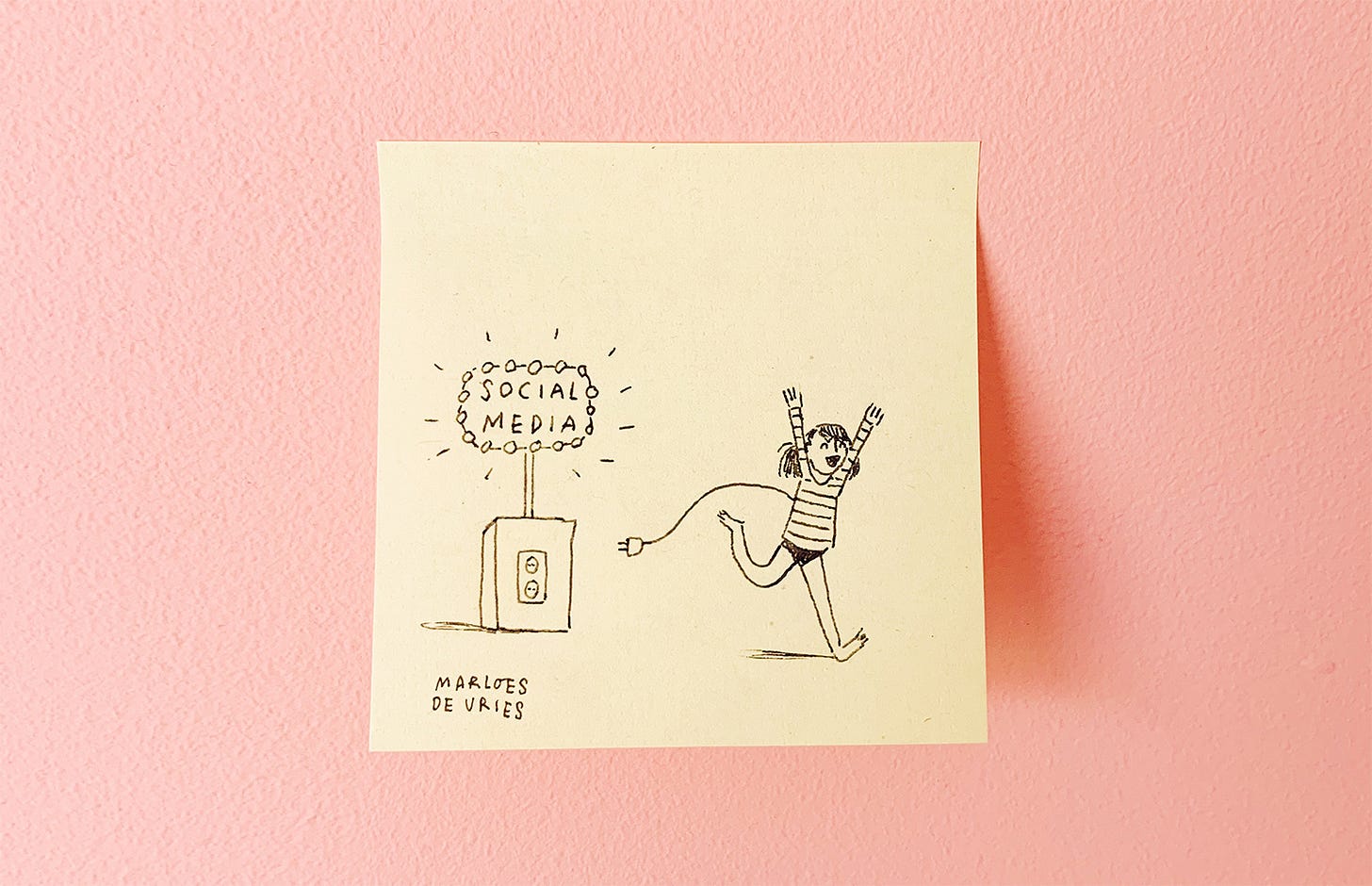Unplugging from the internet for a month
The benefits of taking a break from social media and email.
It seems MONTHS have passed since my offline break.
Was it really only two weeks ago when I woke up in that cosy cottage in the English countryside, with nothing on my schedule, and no phone or computer in sight?
Time moves slower when you’re experiencing new things, because your brain needs time to process them. That explains why July felt like a very l…



